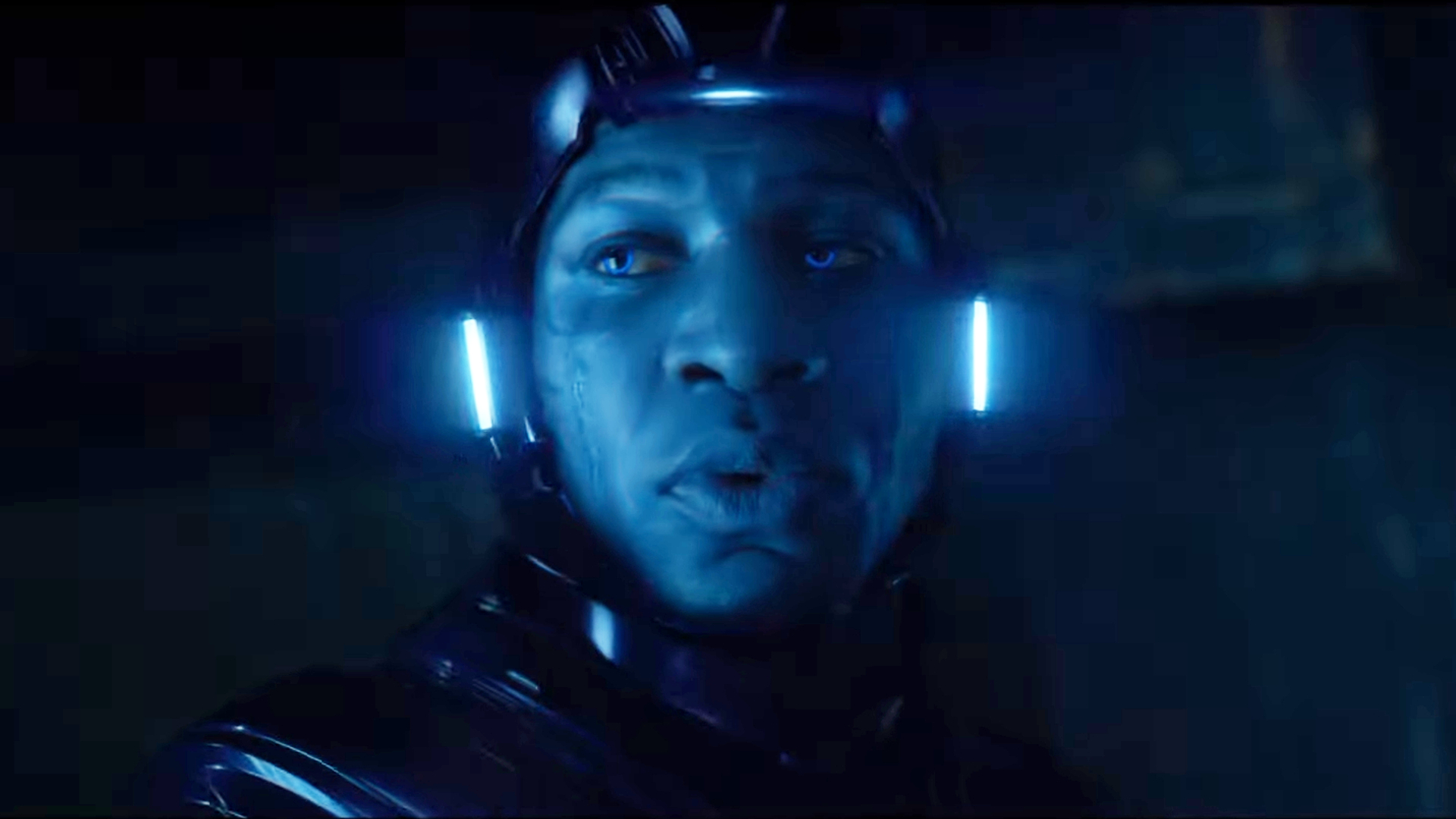VALORANT: Agent Roles Broken Down and Explained

If you’ve been in the gaming scene in the past few years, there’s no doubt that you have heard of Valorant. Valorant is a tactical first-person shooter developed and published by Riot Games, which was released in early 2020 worldwide. Originally released as an open beta, players could watch Twitch streamers playing the beta to earn keys themselves, which lead to the game absolutely blowing up and has been one of the most popular games consistently of the past few years.
The game combines signature tactical FPS mechanics and economy management with the abilities and unique interactions of other shooters to create an interesting blend between gunplay and abilities. Each Valorant Agent within the game has a unique set of abilities that dictate the playstyle and role that the character plays, with four classes of agents, which are Duelist, Initiator, Controller and Sentinel.
Duelist
The main role of a Duelist is to be the most aggressive on the team, taking first contact and helping their team to enter a spike site. Duelists are equipped with abilities that help them to take space, initiate solo fights and play aggressively in order to push forward with their team. These abilities tend to be
The most common example of this is Jett, who uses smokes to help cover sightlines as well as her Dash and Updraft abilities, which make her extremely mobile and aggressive. Jett can use these abilities to either aggressively make space in a specific area or take more risky fights and get out safely. Duelists tend to be more self-sufficient with ways of sustaining themselves or keeping themselves alive, either by getting out of tough fights or other forms of keeping themselves safe.
Another commonly used example is Reyna, whose kit rewards aggressive plays, giving escape tools and self-sufficiency for the kills that she gets. This allows Reyna to play overly aggressively and either get out or heal from the wounds she receives in each fight. Reyna also has a flash that distracts enemies, forcing them to either break it or run away, letting Reyna start her own fights without relying on anyone else. A great example of a Duelist player is Demon1 from Evil Geniuses:
Initiator
However, a good duelist is nothing without someone to set them up for the best fights they can take and that’s where an Initiator comes in to play. As the name implies, Initiators help to gain information and initiate fights for their team to gain area control. Initiators have abilities that focus on flushing out areas, breaking sightlines and shutting down utility, utilizing things like drones, scanning darts and flashbangs.
A common example on Ascent is KAY/O, who has a skillset focused on detecting and shutting down opponents who are hiding or pushing and disrupt their game plan. His kit allows him to remove the enemy abilities from play for a period of time, which can be extremely powerful to stop a team push or remove important abilities from use and keep the team alive. Additionally, his flashes allow him to take the first fights, pushing out if no Duelist is there to help, which is a signature perk of flash-based Initiators. Shown below is Judgment, a KAY/O player who plays very aggressively, showcasing his solo play potential as well as how he helps the team:
Sentinel
On the opposite end, every team needs a consistent rock to hold the team down while the Duelists and Initiators go fighting and that rock is the Sentinel role. The role of the Sentinel is to lock down an area and prevent anyone from pushing their space. Sentinels use traps to hold space and force a push to stop, taking out anyone who accidentally triggers the traps. The playstyle of a Sentinel is a lot more calculative and passive, taking the time to choose fights or lock down the area, forcing the opponent to take the fight to them instead.
Cypher is a textbook Sentinel, using his camera to gain information, tripwires to block chokepoints and his cages allow him to get kills off the information he gains. His ultimate gives instant information on the entire remaining enemy team, which can turn the tide of the round and can help to give your team a strategic advantage. Generally, Cypher can also lurk around the map alone, using his cages like smokes to cut off sightlines and work his way into the backlines of his enemies. Spawns is a very good Cypher player and you can see the way he plays a more aggressive Sentinel role here:
Controllers
Last but not least are the Controllers, who dictate the flow of how the round is played. Controllers use smokescreens and smoke in order to cut off the main sightlines and take pure control of the space they receive. Controllers are vital to every team composition in the game, as without smokes the team would not be able to take space, maintain control or prevent counter pushes. This is why every professional team composition has a minimum of one controller, if not two on some maps, as control is key.
When it comes to pure sightline control and pace dictation, Omen is the perfect example here. Omen has smokes, a very strong flash to clear out his own smokes as well as teleports to reposition and get to angles most other agents can’t. His flash both blinds and deafens anyone it touches, which means he can stop pushes even more than he already does with the addition of his smokes and teleports to reposition, Omen can entirely change the game plan on both sides before the fight even begins to take shape.
A good team composition will consist of a balance of these four roles in order to have the best results in a match. Generally, the focus on making a good team composition will be both team synergy and map synergy, which means choosing characters that work well together or characters that work well on a specific map.
While creating a good team composition is a whole science in itself, looking at the role breakdowns here will help you understand how it works overall and may help you when watching others play such as streamers and pro players. Hopefully, this simple guide helps you understand Valorant Agents a bit better and will make your next game much easier to understand.
One thought on “VALORANT: Agent Roles Broken Down and Explained”
-
Pingback: What Are Aim Trainers and How Do They Work? | Kakuchopurei



Leave a Comment